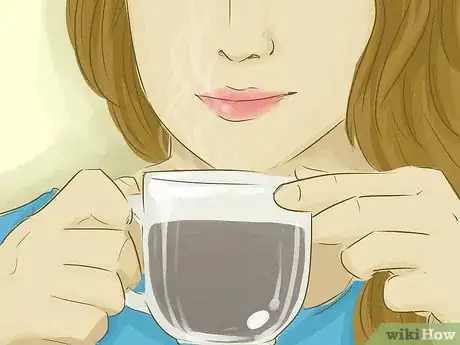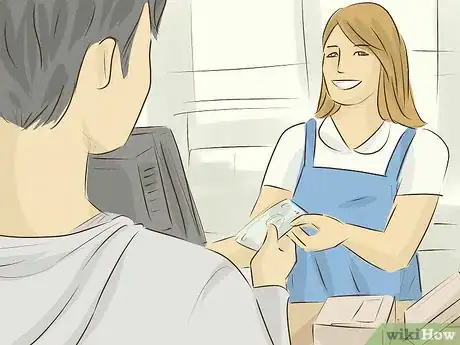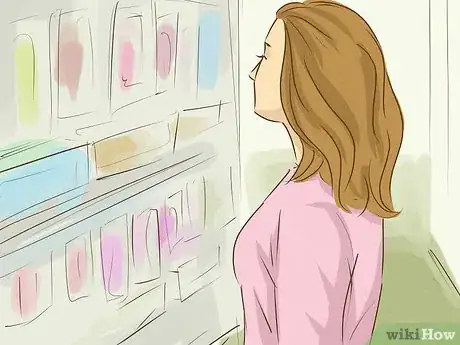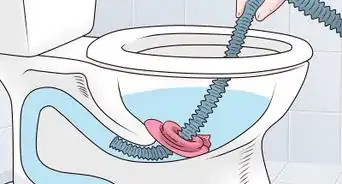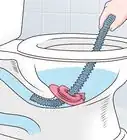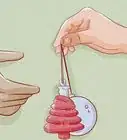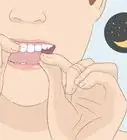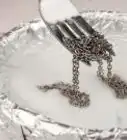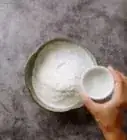This article was co-authored by wikiHow staff writer, Janice Tieperman. Janice is a professional and creative writer who has worked at wikiHow since 2019. With both a B.A. and M.A. in English from East Stroudsburg University, she has a passion for writing a wide variety of content for anyone and everyone. In her free time, you can find her working on a new crochet pattern, listening to true crime podcasts, or tackling a new creative writing project.
There are 11 references cited in this article, which can be found at the bottom of the page.
Learn more...
What do the scent of a candle, a cozy sweater, and a cat-shaped coffee mug all have in common? To some people, all of these items could trigger specific feelings like happiness, comfort, and relaxation. We all make emotional associations with inanimate items without realizing it, but it’s totally possible to forge these connections intentionally, too. Read on to take a psychological deep dive into an emotional attachment to objects—and learn how to add a little more depth and emotional weight to your daily life in the process.
Things You Should Know
- Use your senses to attribute specific emotions to specific items. For example, you might associate lavender soap with relaxation after taking a soothing bath with it.
- View an item in a more positive context to change the existing feeling that you associate with it.
- Personify objects with human pronouns (he/she/they) to create a deeper connection with certain items.
- Add emotional motivators (like a desire for independence) to your marketing campaigns to build a stronger emotional connection with customers.
Steps
References
- ↑ https://www.sheknows.com/health-and-wellness/articles/1142070/why-objects-make-us-happy/
- ↑ https://www.scientificamerican.com/article/why-do-smells-trigger-memories1/
- ↑ https://www.healthychildren.org/English/ages-stages/baby/Pages/Transitional-Objects.aspx
- ↑ https://www.tandfonline.com/doi/full/10.1080/1751696X.2018.1433355
- ↑ https://bridgetwebber.medium.com/the-magic-of-linking-objects-with-emotions-6db6b8517fd7
- ↑ https://centerhealthyminds.org/feature/neuroplasticity
- ↑ https://www.sheknows.com/health-and-wellness/articles/1142070/why-objects-make-us-happy/
- ↑ https://bridgetwebber.medium.com/the-magic-of-linking-objects-with-emotions-6db6b8517fd7
- ↑ https://daily.jstor.org/personification-is-your-friend-the-amazing-life-of-letters/
- ↑ https://hbr.org/2015/11/the-new-science-of-customer-emotions
- ↑ https://www.entrepreneur.com/growing-a-business/5-ways-to-get-to-the-heart-of-emotional-marketing/297367
- ↑ https://www.sciencedirect.com/science/article/pii/S0010440X20300213
- ↑ https://my.clevelandclinic.org/health/diseases/17682-hoarding-disorder
